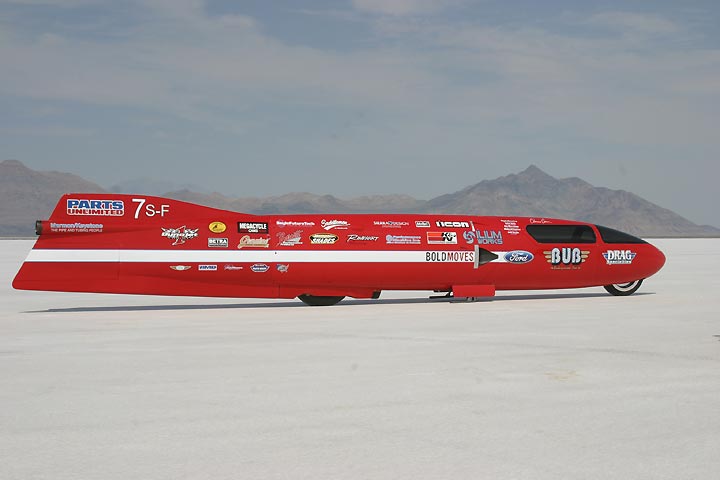Editor’s Note: While Land Speed Racing might seem to be outside the scope of dirtbiking as most people view it, the sport is an important and historical facet of motorcycle racing that dates back to the dawn of the internal combustion engine. Although the track is made out of salt and clay or sand, it’s also not pavement, so it shares a basic premise that all dirtbike riders know well: It’s all about finding traction and going as fast as you an on an imperfect surface. Veteran dirtbike journalist Jean Turner has ventured onto the salt many times to cover the fastest two-wheelers in the world. Here are some facts about Land Speed Racing that you might not know.
When it comes to going as fast as you can on a flat surface, it all sounds pretty simple, right? How much could there be to know about it? A lot, as it turns out. Land Speed Racing (LSR) is reserved for the patient, the meticulous and the innovative mind. Read on to find out more about the complexities that go into setting a land speed world record on two wheels.
10. Land-speed racing is a waiting game.

First and foremost, you need a good runway. Most Land Speed Racing events will offer multiple tracks, a short track and a long track. The all-time land-speed record chasers will need a long track upwards of 10 miles for room to speed up and slow down. It’s a very rare year that the salt at Bonneville is good enough for a decent 10-mile track. Some teams will wait years before they are able to make one good run!
 Your Privacy Choices
Your Privacy Choices